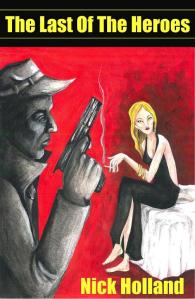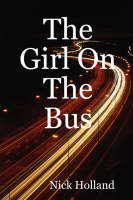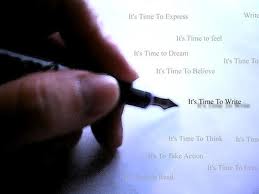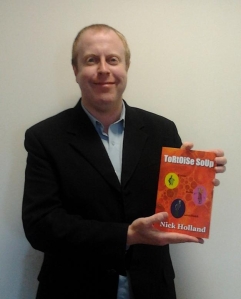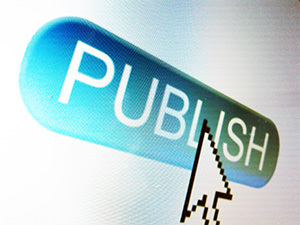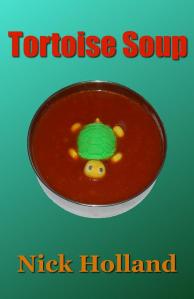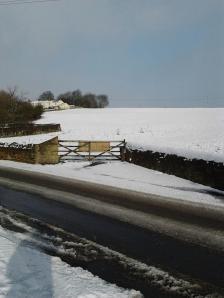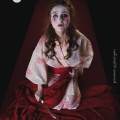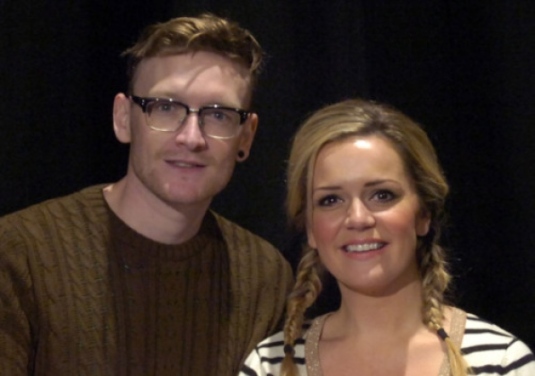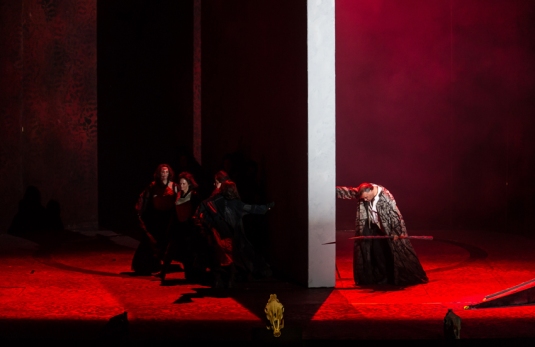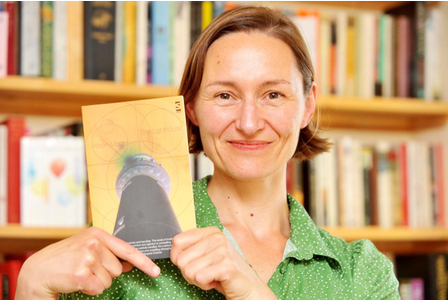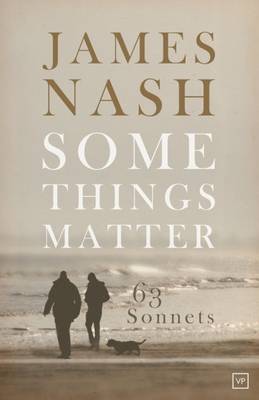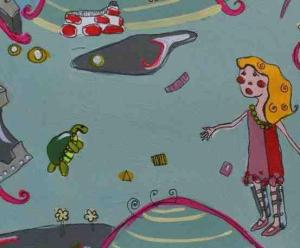In this blog I will be looking at how you can get your own book published on Amazon via their KDP programme – and it’s all free! My latest thriller novel, The Last Of The Heroes, was released this week and so it’s a very exciting time for me! It is the follow up to my earlier thriller ‘The Girl On The Bus’ which has been a smash hit, selling over 10,000 copies a month at one stage and spending over 9 weeks in the Amazon top 100 best sellers chart! So if I can do it then so can you!
I am revisiting an earlier blog because I found it so useful myself when publishing The Last Of The Heroes this week – I hope that you will find it equally useful. The main tip that I can give you is GO FOR IT!! The only thing that is stopping your book becoming a potential best seller is your reticence. Don’t put it off – if you have a book that is ready to go then don’t hide it away, get it out there!
There is no cost at all to upload a book to Amazon via KDP – the only costs that you may encounter are the costs for proofreading and the costs for a cover. I find that Gumtree is a good place to find budding illustrators, many of whom will do a great job for a very reasonable price. My cover was created by a brilliant Italian artist called Anna Chiarini, she replied to my ad on Gumtree and she has done a great job for a very reasonable price. I will certainly be using Anna again. Alternatively you can search on Google for pre-made covers that can be personalised for your book for a small fee.
Proof reading is important, readers do pick up on typos and grammatical errors. This will be the major cost to you but I feel that it’s worth it in the long run. The following link gives a directory of professional proofreaders:
http://www.sfep.org.uk/directory/directory.asp
This is an invaluable resource – these people are highly qualified and experienced editors and proofreaders. Their rates vary but expect to pay in the region of £300 for a 40,000 word book. This sounds like a lot but you can recoup this in two or three days if your well proofed book takes off!
Now you are ready to upload your files! KDP stands for Kindle Direct Publishing. In effect you are becoming a publisher – how exciting is that! The sign up process is very simple – if you have the ability and chutzpah to write a book then you certainly have the ability to sign up to KDP!
You will have to decide on a name for your publisher – make it something different and fun (Blue Robot Press maybe?), or something personal like Joe’s Gran Books. After this you can upload the cover and the text itself. The cover should be in JPG format – 1200 pixels wide by around 1800 pixels high seems to be the perfect dimensions, remember that you want your cover to stand out when it’s seen in miniature on the Amazon shopping page.
The body of the book itself, the text, should be in Word format. I myself don’t have Word or any of the Microsoft suite on my computer – I use something called Open Office. It is completely free (I like freebies, can you tell?) and can save things in Word’s .doc format without any compatibility issues. Once you have uploaded your ‘Word’ file you have the opportunity of previewing how it will look on various Kindle devices as well as how it will look on an Ipad and Iphone app. This is vital – it only takes a few minutes and allows you to see whether the format needs changing. If it looks too messy, small or cluttered then simply change the font, or the style or the layout and upload the file again. Only click the final publish button once you are happy with how your masterpiece looks!
On the subject of fonts, many people use the standard ‘Times New Roman’, but this can make it stand out as being independently published because it’s so ubiquitous. Try a different font – I personally like the ‘Georgia’ font but there are plenty to choose from to give a little individuality.
You also need to create a sales blurb! This is of primary importance because unless the blurb stands out and grabs a reader then they are never to going to read your brilliant book. Here is a big tip: Amazon will tell you that you can’t use HTML tags on your blurb but this is incorrect. The Tortoise Soup tip is that you simply must use HTML on your blurb! If you don’t then it will all come out in one paragraph and look plain and boring. Get the HTML in and stand out!
Don’t know anything about HTML, huh? Don’t worry – neither do I, but you only need to know the very basics that can be found via this very helpful link! http://www.tckpublishing.com/how-to-use-html-to-format-kdp-kindle-book-descriptions/ HTML is the language of the Web, it tells the Interweb thingy how to display information. The main ones to use in your blurb are b to put something in bold and i to put something in italics and finally p to create paragraphs. At the end of an effect the same letter must be used with a / in front of it. For example /b will end the bolding and /i will end the italicisation. Believe me, this is a lot easier than it sounds and will make your blurb stand out. Have a look at how my blurb, the product description, looks – it’s better when it’s not just in one bland lump.
You next have to set the price – you can price them high or go low and try to sell in bulk. That’s what I do, for a book that costs 99p you will make 34p for each one sold. That doesn’t sound a lot but if you are selling hundreds a day it will soon add up to a nice little pile! There is also the option to enroll your book into ‘KDP Select’ – again this is a personal choice. If you go down the ‘Select’ route then your book cannot be available in any other e-book format (although you can have a paperback version). The advantages are that Amazon Prime customers can borrow your book and you can take advantage of free promotional tricks that Amazon has available. You actually make more money out of people borrowing the book than buying it so my personal opinion is that it is worth joining the KDP Select club.
And there you have it – you are now an independently published author, with your book available across the world. And when your masterpiece takes off you can sit back and wait for the monthly transfers directly into your bank account from Amazon – that is a truly great feeling, making money from something that you have truly loved creating!
Good luck, and as I say – don’t hold back, get your book finished and get it out there! If you have any comments on my article or any further hints and tips regarding KDP publishing then please comment below!
